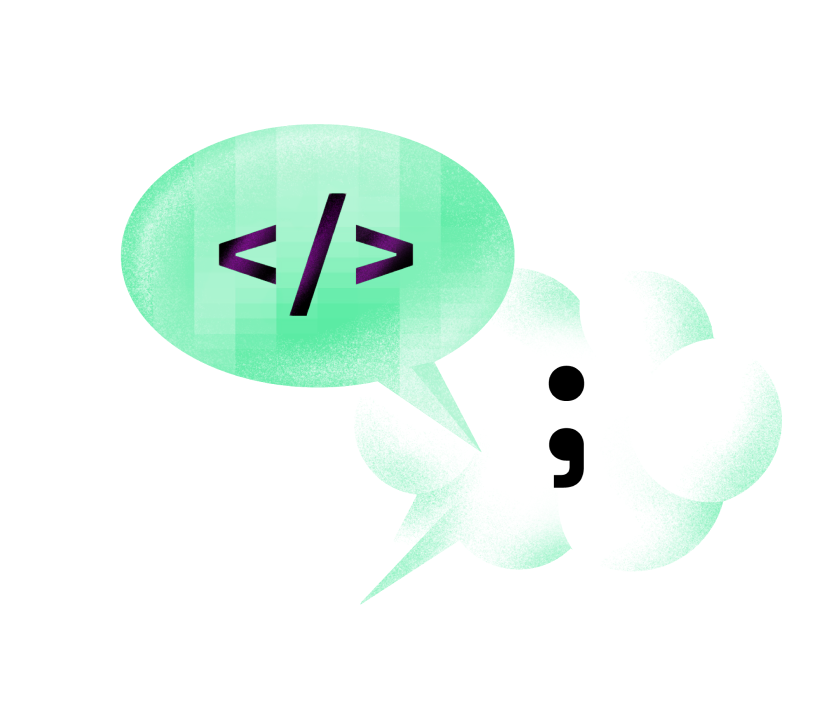Dare to wonder and make wonders?
Drop us a message.
Ok, we are not trying to reinvent the wheel; just showing you the tools for the ultimate wheel creation.
In Web3, we have tokenized decentralized systems that anyone can participate in. Like any other, these systems must have rules and limitations to function correctly and according to their purpose. That is why they have their own economies to incentivize participants towards a specific goal. These economies are called Token Economies, as Token is the medium by which transactions happen, and behavior is incentivized. It can cover various functions of money: medium of exchange, store of value, or unit of account. It can represent anything in the confines of the Web3 tokenized system.
“Tokens represent a part of the state of any crypto economic system and can be seen as their atomic unit.” - Shermin Voshmgir and Michael Zargham.
But the question here is: How to design these tokenized ecosystems? How to analyze the said design and simulate it? Is the Systems Thinking approach to design enough?
This is where the emerging Token Engineering field comes into play. Well, it’s emerging since 2018 heh.
Token engineering is a cross-disciplinary field that draws from systems, electrical, and robotics engineering practices. It also draws from Behavioral and Ecological Economics, AI, and Optimization. Its goal is to create reliable systems that work under varying circumstances and tokenomic systems that are exploit-proof.
Considering the events that happened this spring (lots of project economies failed, coins tanked, etc.), you can probably guess that good simulation-tested economy design in the future will be even more significant than in previous years. By simulation tested, we mean creating the mathematical models representing the project and observing how the project’s economy performs in various/random situations.
Taking into account the attention span of an average blog reader, we will skip covering the steps in the Token Engineering process and showcase the three tools that caught our attention.
If you are interested in reading the comprehensive research that covers the whole process, read our paper here!!!

Machinations is a browser-based tool to design and balance game systems. This tool has seen use from game designers, consultants, developers, and analysts. Token Engineers can also use this tool in designing Crypto Economic systems in stages, from System Mapping to Evaluation and improvements on the running system. Machinations shines in pre-production.
Using Machinations, Token Engineer can:
Even though its main focus is on game design, Token Engineers can use machinations for all the Token Engineering process stages.
Below you will find a basic diagram created in machinations that represents the flow of an overly simplified AMM system:
Note : This is a lightweight AMM design done in Machinations . Machinations is a very easy tool to pick up. You can check the design here.
Learn more about Machinations: https://machinations.io/docs/
cadCAD is the package most often used in designing, testing, and validating complex systems through simulation. It is a go-to tool for designing and validating token systems and is widely used by Token Engineers. It supports Monte Carlo methods, A/B testing, and parameter sweeping. cadCad can model systems from agent-based modeling to system dynamic modeling. It can easily be integrated with other Python modules and data science workflows. Token Engineers can use cadCAD for all the Token Engineering process stages.
Learn more about cadCad: https://www.cadcad.education/
TokenSPICE is an EVM Agent-Based Token Simulator written in Python, which simulates tokenized ecosystems via an agent-based approach, with EVM “in the loop”.
Ethereum Virtual Machine (EVM) is a computation engine that acts like a decentralized computer with millions of executable projects. It acts as the virtual machine, which is the bedrock of Ethereum’s entire operating structure.
TokenSPICE has been mainly used in later stage analysis and for verifying and tuning the system designs. It can be used in Token Engineering flows to design, adjust and verify tokenized ecosystems.
Agent-based modeling focuses on the individual active components of a system. Agents in tokenSPICE can be DAOs, unique users, and other protocols, making it a versatile tool.
If the engineer wants to model on the smart contract code directly and skip the equations set up like cadCad, then the tokenSPICE is the tool of choice.
This tool uses Brownie, which treats smart contracts as classes, making it easier to run simulations. It also requires less work upfront in contrast to cadCad. Write the contracts in Solidity, then simulate with tokenSPICE.
Learn more about TokenSPICE: Introducing TokenSPICE. EVM Agent-based Token Simulator for… | by Trent McConaghy
Interested in alternatives for these tools?
You can see the list of possible tools for system modeling with tokens, and their strengths and weaknesses here.
In this article we covered:
Token Engineering as a field is still young, and the community around it is still tiny. However, the quality of tools available is exceptional. The tools range from general game design tools (Machinations) and general system design tools (cadCad) to specialized tools like tokenSPICE. The only missing piece of the puzzle are the Token Engineers, who will focus on mastering these tools to provide valuable insights into both designing and validating crypto-economic systems.
That’s all, folks! We presented the tools used in Token Engineering and gave you some context. P.S. Token Economies are not going to design themselves. 😉

COMMENTS (0)